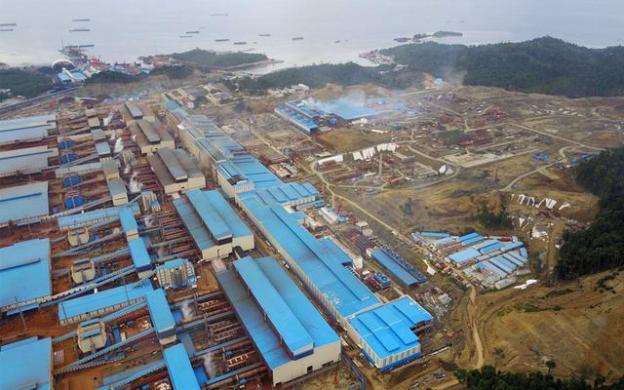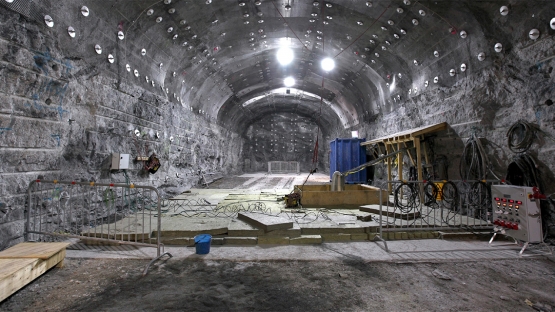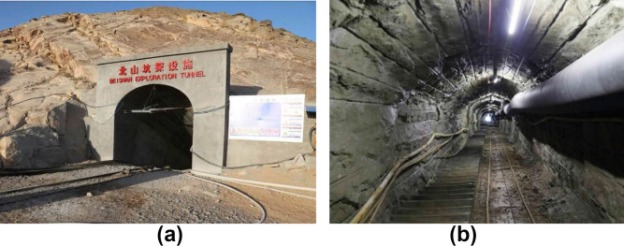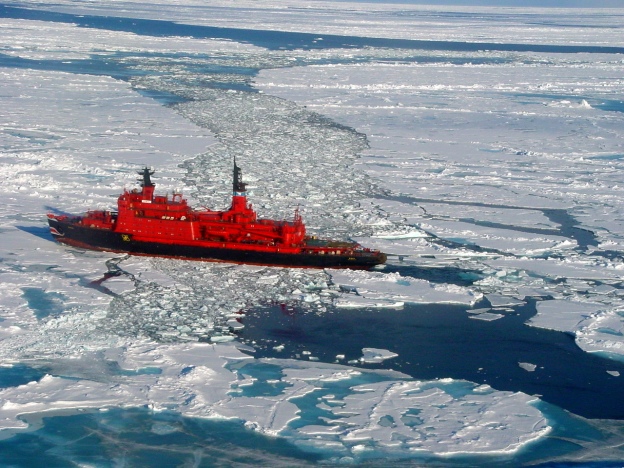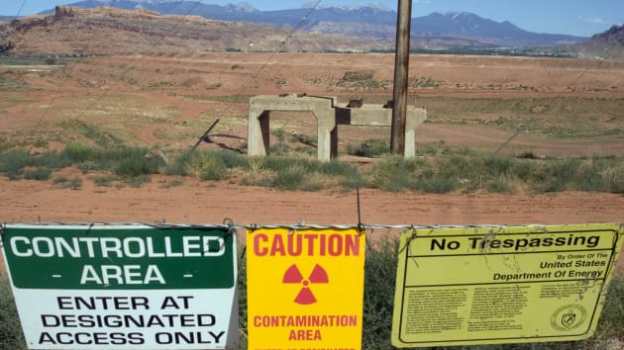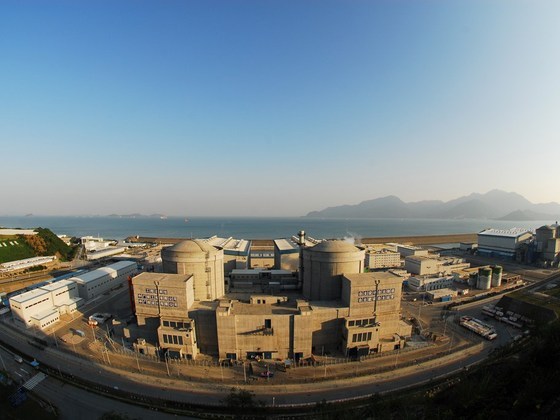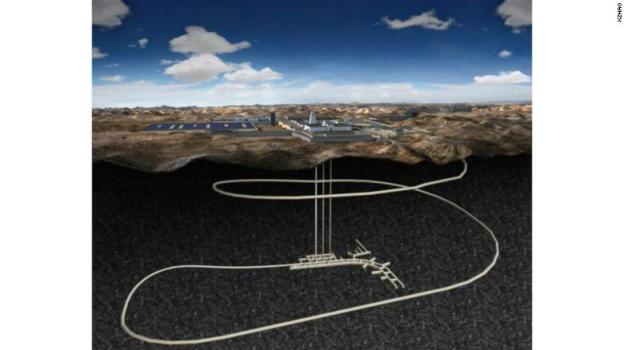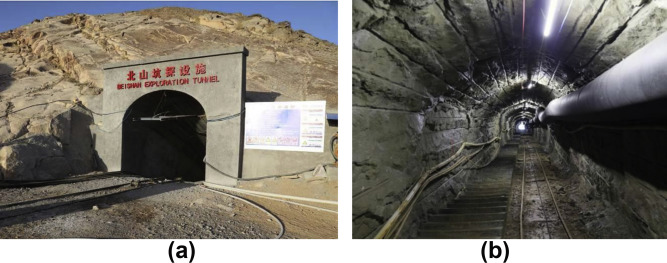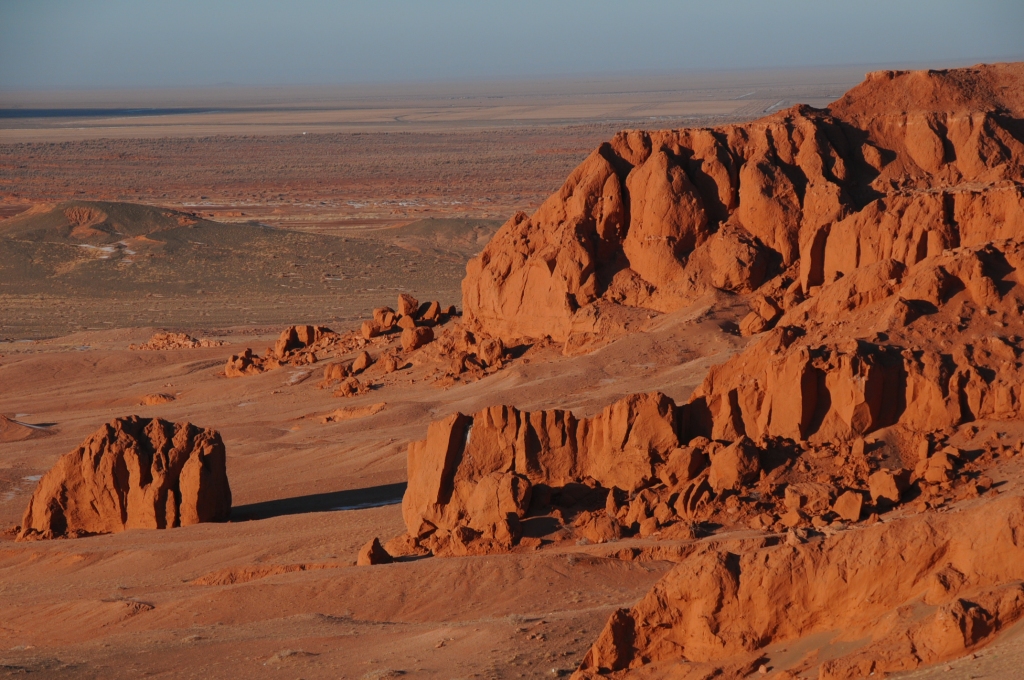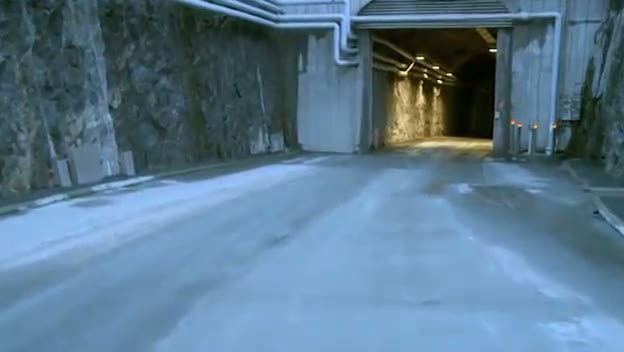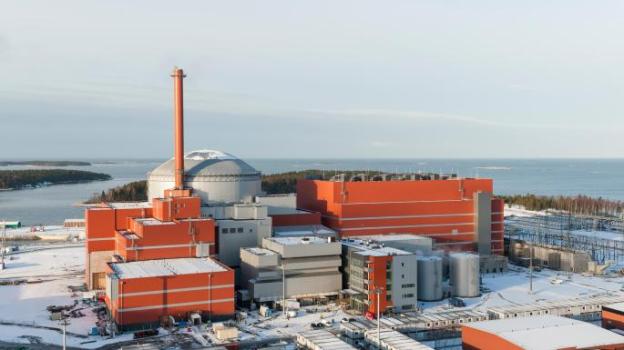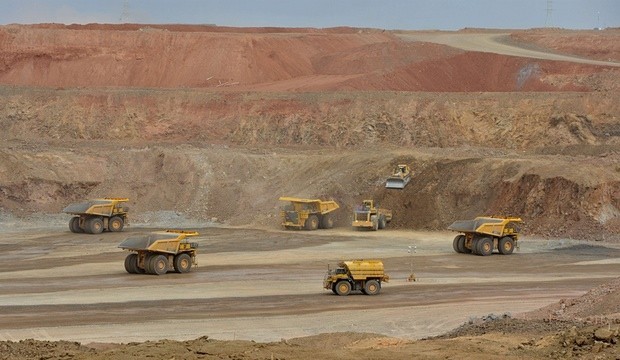Nile has become a battleground. Countries that sit upriver and wealthy Gulf states are starting to use the Nile more than ever for water and electricity. That means less water for the 250 million-plus small farmers, herders and city dwellers in the Nile basin. Dams funded by foreign countries including China and oil-rich neighbors like Saudi Arabia and other Gulf states are tapping the river to irrigate industrial farms and generate electricity. Crops grown using Nile water are increasingly shipped out of Africa to the Middle East, often to feed livestock such as dairy cows…
Exporting crops to feed foreign animals while borrowing money to import wheat is “almost insane,” Sudan’s new prime minister, Abdalla Hamdok, said in an interview. “It’s exporting water, basically. We could be growing wheat and getting rid of half our import bill,” he said. Mr. Hamdok’s predecessor, dictator Omar al-Bashir, is in prison after an uprising sparked by rising prices for food….
The most dramatic change to the Nile in decades is rising in Ethiopia, where the Blue Nile originates. Ethiopia, which has one of the world’s fastest-growing economies, turned to China to help finance the $4.2 billion Grand Ethiopian Renaissance Dam project to generate electricity. While the dam, located just miles from the Sudan border, won’t supply water for farms and cities, its massive reservoir will affect the flow of water.
Downstream, Egypt is worried that Ethiopia will try to quickly fill the reservoir beginning in 2020. The issue is “a matter of life and death for the nation,” Egyptian President Abdel Fattah Al Sisi said in televised remarks in 2017. “No one can touch Egypt’s share of water.” A spokesman for Ethiopia’s Ministry of Foreign Affairs said in a September press conference that “any move that does not respect Ethiopia’s sovereignty and its right to use the Nile dam has no acceptance.” Sharing of the Nile’s waters has long been governed by international treaties, with Egypt claiming the vast majority. Since Ethiopia wasn’t included in those treaties, it was never provided an allotment of water. Ethiopia’s massive dam has thrown a wrench into past agreements…
Sudan is stuck in the middle. Much of the water that flows through the country is already allocated. “Sudan actually doesn’t have that much free water available,” says Harry Verhoeven, author of “Water, Civilisation and Power in Sudan.” By early 2015, Saudi Arabia doubled its investment in Sudan’s agriculture sector to $13 billion, equaling about one-third of all foreign investment in Sudanese industry….The contrast between verdant export crops watered by the Nile and parched villages was visible in the area where protests started in December 2019, during a nationwide wheat shortage. The protesters were angry about food prices, poor job prospects, social strictures and Sudan’s moribund economy, Mr. Alsir says. “We’re surrounded by farms,” he says. “But we’re not getting any of it.
Past a rocky expanse next to the village flows a deep canal, green with weeds, dug a decade ago by a Saudi-owned company called Tala Investment Co. It runs from the Nile about 10 miles to Tala’s farm, which leases its land from the government. Tala grows crops for export and maximizes profits using Sudan’s “cheap manpower,” the company’s website says….The alfalfa is shipped 400 miles overland to Port Sudan and then across a nearly 200-mile stretch of the Red Sea to Jeddah in Saudi Arabia, then is used for animal feed….
The Aswan dam In Egypt is primarily used to generate electricity. But a sprawling desert farm, the Toshka project to the west, taps the reservoir. That is where Saudi Arabia and the U.A.E. have made some of their biggest agricultural investments in Egypt in the past decade. The strategy there is straightforward, says Turki Faisal Al Rasheed, founder of Saudi agriculture company Golden Grass Inc., which has explored purchasing farms in Egypt and Sudan. “When you talk about buying land, you’re not really buying land,” he says. “You’re buying water.”
Even with all that water dedicated to growing crops, Egypt is rapidly outstripping its resources. This is because he country’s population is forecast to grow 20% to 120 million by 2030, and to 150 million by 2050. Access to water in Egypt is increasingly uncertain. The country’s annual per capita water use dipped below 24,000 cubic feet in recent years and is expected to fall below 18,000 cubic feet by 2030, a level defined as “absolute water scarcity,” according to the United Nations. The comparable figure in the U.S. is 100,000 cubic feet, enough to fill an Olympic swimming pool. Saudi Arabia and the U.A.E. control about 383,000 acres of land in Egypt, an expanse nearly twice the size of New York City, according to Land Matrix. The main crops are corn, potatoes, wheat, alfalfa, barley and fruit such as grapes that are exported back home.
Mr. Sisi is now looking for new places to grow food. In 2015 he launched a program to expand arable land by more than 1.5 million acres in the country, part of which will tap into the Nubian aquifer, an irreplaceable ancient store of water beneath the Sahara. Saudi and U.A.E. companies have bid for lands in the project, according to the New Egyptian Countryside Development Co., which is managing the project. Mr. Al Rasheed, the Saudi farm owner in Egypt, says that for him and others from the Gulf, farming along the Nile is about building regional influence as much as ensuring food supplies. “Food is the ultimate power,” he says.
Excerpts from Justin Scheck &Scott Patterson, ‘Food Is the Ultimate Power’: Parched Countries Tap the Nile River Through Farms, WSJ, Nov. 25, 2019








